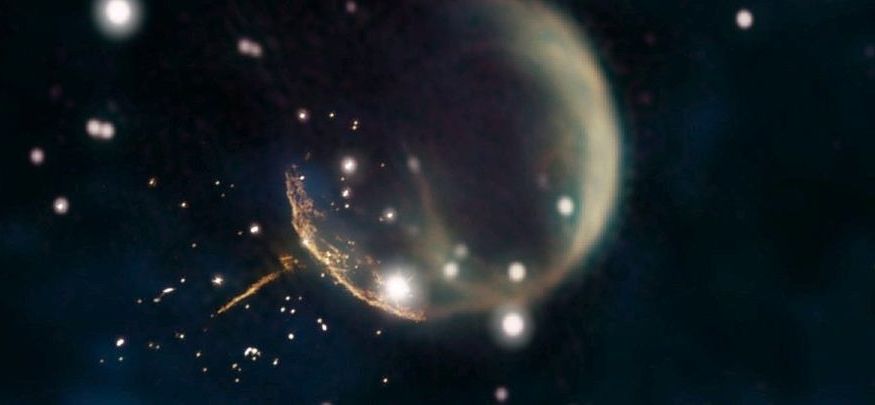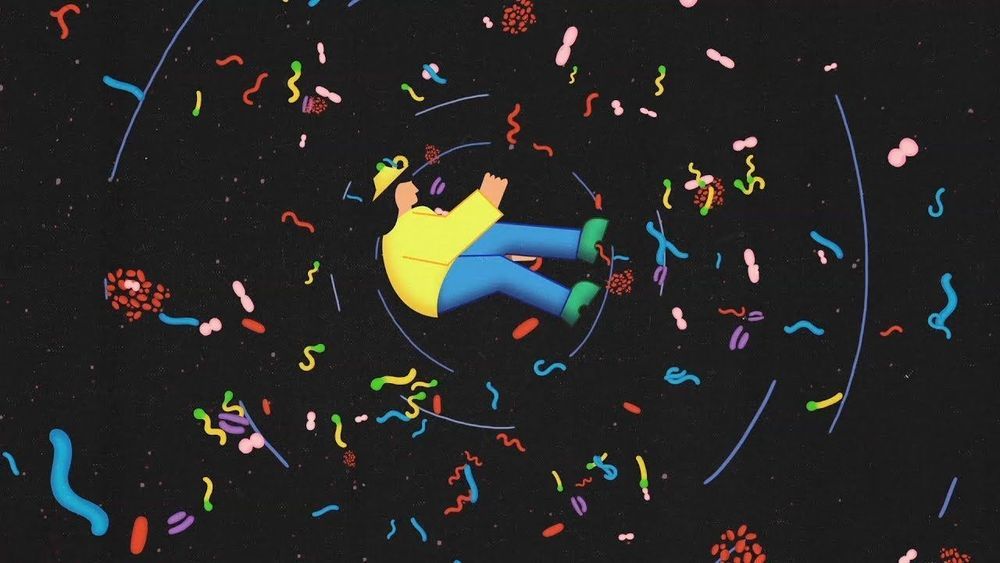Humans have driver’s licenses and fingerprints, but cows have nose-prints and zebras have “StripeCodes”.
WASHINGTON: The annual Templeton Prize, which recognizes outstanding contributions to “affirming life’s spiritual dimension,” was awarded Tuesday to Brazilian Marcelo Gleiser-a theoretical physicist dedicated to demonstrating science and religion are not enemies. A physics and astronomy professor whose specializations include cosmology, 60-year-old Gleiser was born in Rio de Janeiro, and has been in the United States since 1986. An agnostic, he doesn’t believe in God-but refuses to write off the possibility of God’s existence completely.
“Atheism is inconsistent with the scientific method,” Gleiser said Monday from Dartmouth College, the New Hampshire university where he has taught since 1991. “Atheism is a belief in non-belief. So you categorically deny something you have no evidence against.” “I’ll keep an open mind because I understand that human knowledge is limited,” he added. The prize is funded by the John Templeton Foundation-a philanthropic organization named after the American Presbyterian who made his fortune on Wall Street, and who set on “seeking proofs of divine agency in every branch of science”, as The Economist put it.
Gleiser joins Desmond Tutu, the Dalai Lama and dissident Soviet author Aleksandr Solzhenitsyn as recipients of the prize, first awarded in 1973. At £1.1 million, the prize money well surpasses that of the Nobels. The physicist focuses on making complex subjects accessible. He has written on climate change, Einstein, hurricanes, black holes, the human conscience-tracing the links between the sciences and the humanities, including philosophy.
During the Great Embryonic Stem Cell Debate, circa 2001–2008, I watched “the scientists” blatantly lie about the supposedly low potential for adult stem cells and the CURES! CURES! CURES that were just around the corner from embryonic stem cells. You remember: Children would soon be out of their wheelchairs and Uncle Ernie’s Parkinson’s would soon be a disease of the past.
The pro-ESCR campaign was filled with so much disinformation and hype — willingly swallowed by an in-the-tank media — all in a corrupt attempt to overturn the minor federal funding restrictions over ESCR imposed by the president, and to hurt President Bush politically.
Many stars sedately tread the measure of the galaxies they inhabit, slowly orbiting the galactic core. Not a star called PSR J0002+6216, though. PSR J0002+6216, astronomers have discovered, is rocketing through the Milky Way at absolutely breakneck speeds.
To be precise, it’s travelling at 1,130 kilometres per second (700 miles per second). That could take it from Earth to the Moon in 6 minutes. It’s one of the fastest stars we’ve ever seen.
And boy, is it spectacular — zooming away from the expanding cloud of a recent supernova explosion, leaving a trail behind after it punched through the explosion’s outer shell of debris.
What The Health
Posted in biotech/medical, health
Researchers identify a major risk factor for pernicious effects of misinformation.
- By David Z. Hambrick, Madeline Marquardt on February 6, 2018
New research from Washington University in St. Louis explains the cellular processes that allow a sun-loving microbe to “eat” electricity—transferring electrons to fix carbon dioxide to fuel its growth.
Led by Arpita Bose, assistant professor of biology in Arts & Sciences, and Michael Guzman, a Ph.D. candidate in her laboratory, a Washington University team showed how a naturally occurring strain of Rhodopseudomonas palustris takes up electrons from conductive substances like metal oxides or rust. The work is described in a March 22 paper in the journal Nature Communications.
The study builds on Bose’s previous discovery that R. palustris TIE-1 can consume electrons from rust proxies like poised electrodes, a process called extracellular electron uptake. R. palustris is phototrophic, which means that it uses energy from light to carry out certain metabolic processes. The new research explains the cellular sinks where this microbe dumps the electrons it eats from electricity.









